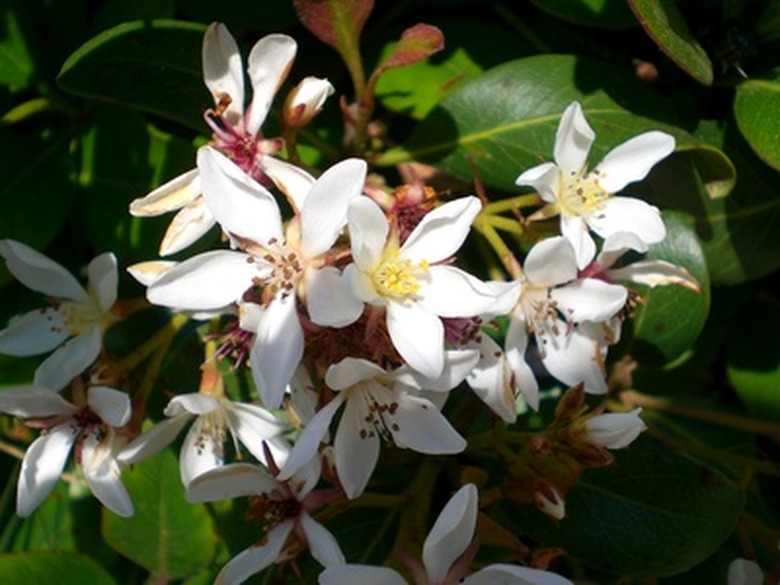Preschool Lessons That Teach The Parts Of A Flower
A flower has several recognizable parts, such as the petals, leaves, and stem. But flowers also have parts that are unfamiliar to preschool children. The pistil and stamen are very important parts of the flower that youngsters can learn about. Having children participate in engaging and interesting activities enforces learning parts of a flower.
Pretty Petals
Pretty Petals
The petals of a flower are usually the first things people notice. The petals also attract bugs and insects with their bright colors. Children can learn more about petals of a flower by creating flowers out of tissue paper. Tissue paper is delicate like a flower's petals. Preschoolers can tear bits of various colored tissue paper, and use watered down glue to paste the tissue paper onto a piece of construction paper. Once the tissue paper flowers dry, use a green marker to draw stems and leaves on the delicate flowers.
Strong Stems
Strong Stems
Every flower needs a stem. A stem helps the flower reach toward the sun and ends with roots that hold the flower in the ground. Children can learn about flower stems by pretending to be one. Preschoolers can stand in a line with their feet planted firmly on the ground. Children can raise their arms over their heads and reach toward the sun, pretending their hands are leaves, making sure to keep their balance through their body, just like a flower's stem does. Leaves are essential to plants, because they turn the sun's energy into food for the plant through photosynthesis. Children can lean back and forward, and side to side, trying to not lose their balance.
Stamen and Pistil
Stamen and Pistil
Take a flower apart with children for a unique science experiment that shows the specific parts of a flower and where they are located. Use a flower, such as a tulip, to give kids a good look at where the stamen and pistil are located within a flower. The stamen is the male part of the flower, which produces the pollen of the plant. The pistil is the female part of the flower, made up of one or many rolled leaf-like structures. Delicately pull the petals away while children watch to show these parts located in the central area of the flower. After dissecting the flower, children can use crayons and paper to draw a picture showing where the stamen and pistil are located.
Cite This Article
MLA
Lipoff, Sarah. "Preschool Lessons That Teach The Parts Of A Flower" sciencing.com, https://www.sciencing.com/preschool-lessons-teach-parts-flower-6366930/. 22 November 2019.
APA
Lipoff, Sarah. (2019, November 22). Preschool Lessons That Teach The Parts Of A Flower. sciencing.com. Retrieved from https://www.sciencing.com/preschool-lessons-teach-parts-flower-6366930/
Chicago
Lipoff, Sarah. Preschool Lessons That Teach The Parts Of A Flower last modified March 24, 2022. https://www.sciencing.com/preschool-lessons-teach-parts-flower-6366930/
